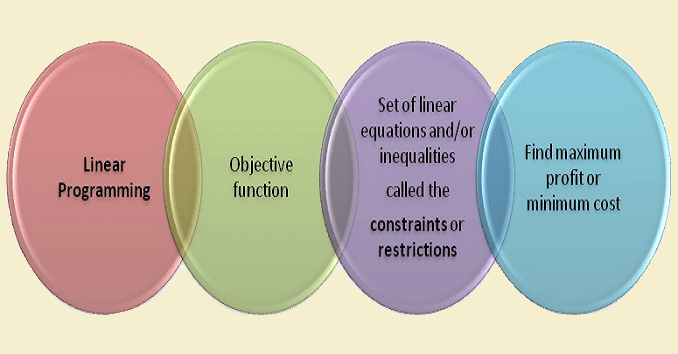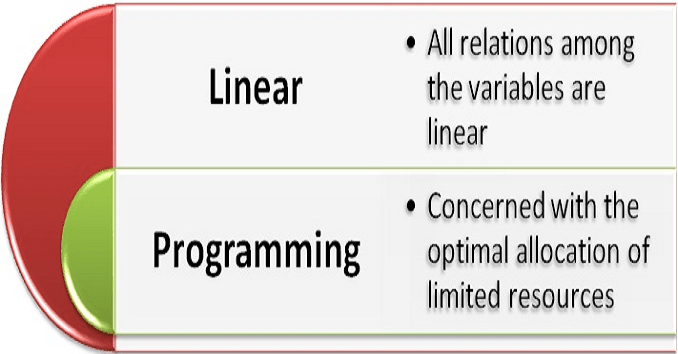
Scientific Method in Operation Research:
Since the main objective of operation research is to provide better quantitative information for making decisions, now our aim is to learn how we can have better decisions.
The scientific method in OR for making decisions generally involves the following phases:
(I) Judgment Phase includes:
(i) Determination of operation.
(ii) Determination of objectives.
(iii) Determination of the effectiveness of measures.
(iv) Lastly, the formulation of the problems relative to the objectives.
(II) Research Phase utilizes:
(i) Observation and data collection for a better understanding of the problem.
(ii) Formulation of relevant hypotheses and models.
(iii) Analysis of available information and verification of hypothesis.
(iv) Predictions of various results from the hypothesis, generalization of the result and consideration of alternative methods.
(III) Action Phase:
(i) Recommendations for remedial action to those who first posed the problem, this includes the assumptions made, scope and limitations, alternative courses of action and their effect.
(ii) Putting the solution to work: implementation.
ऑपरेशन रिसर्च में वैज्ञानिक विधि (Scientific Method in Operation Research in Hindi):
चूंकि, संचालन अनुसंधान का मुख्य उद्देश्य निर्णय लेने के लिए बेहतर संख्यात्मक जानकारी प्रदान करना है, अब हमारा उद्देश्य यह सीखना है कि हम बेहतर निर्णय कैसे ले सकते हैं। OR में निर्णय लेने की वैज्ञानिक पद्धति में आम तौर पर निम्नलिखित चरण शामिल होते हैं:
(I) निर्णय चरण में शामिल हैं (Judgment Phase includes):
(i) संचालन का निर्धारण
(ii) उद्देश्यों का निर्धारण
(iii) उपायों की प्रभावशीलता का निर्धारण
(iv) अंत में, उद्देश्यों के सापेक्ष समस्याओं का निरूपण
(II) अनुसंधान चरण में शामिल हैं (Research Phase utilizes):
(i) समस्या की बेहतर समझ के लिए अवलोकन और डेटा संग्रह।
(ii) प्रासंगिक परिकल्पना और मॉडल तैयार करना।
(iii) उपलब्ध जानकारी का विश्लेषण और परिकल्पना का सत्यापन।
(iv) परिकल्पना से विभिन्न परिणामों की भविष्यवाणी, परिणाम का सामान्यीकरण और वैकल्पिक तरीकों पर विचार।
(III) कार्रवाई चरण (Action Phase):
(i) उन लोगों के लिए उपचारात्मक कार्रवाई के लिए सिफारिशें जिन्होंने पहली बार समस्या को उठाया, इसमें किए गए अनुमान, दायरे और सीमाएं, कार्रवाई के वैकल्पिक पाठ्यक्रम और उनके प्रभाव शामिल हैं।
(ii) समाधान को काम में लाना: कार्यान्वयन।
(Source – Various books of college library)
Copyrighted Material © 2019 - 2024 Prinsli.com - All rights reserved
All content on this website is copyrighted. It is prohibited to copy, publish or distribute the content and images of this website through any website, book, newspaper, software, videos, YouTube Channel or any other medium without written permission. You are not authorized to alter, obscure or remove any proprietary information, copyright or logo from this Website in any way. If any of these rules are violated, it will be strongly protested and legal action will be taken.





Be the first to comment